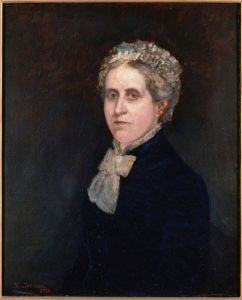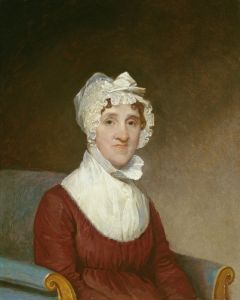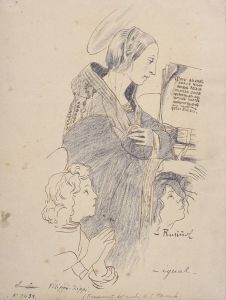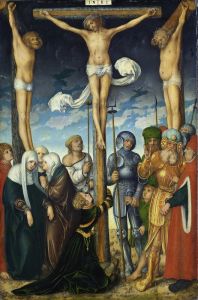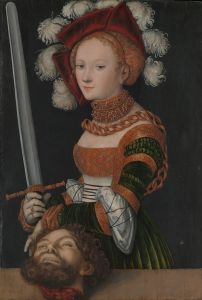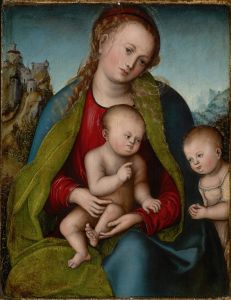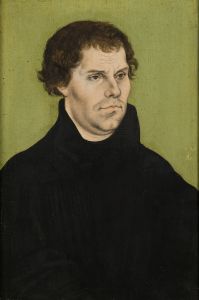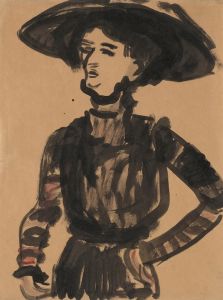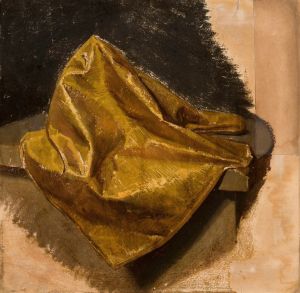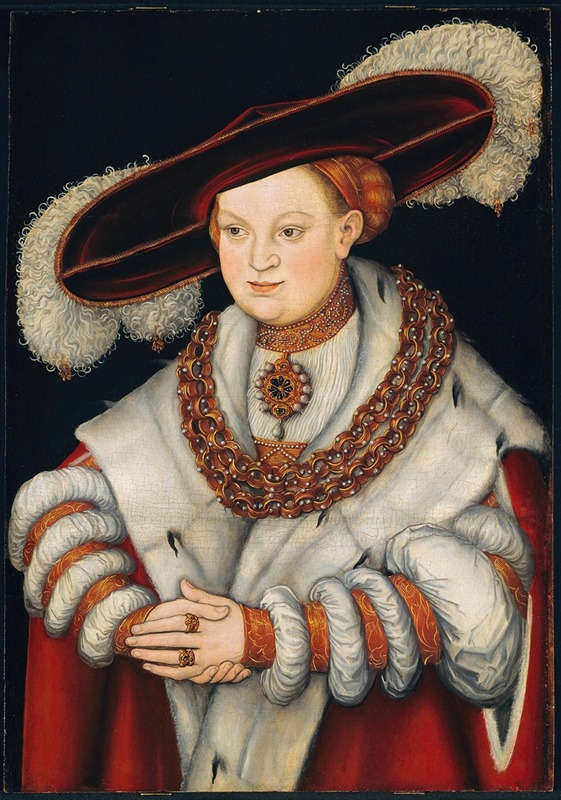
Portrait of Magdalena of Saxony, Wife of Elector Joachim II of Brandenburg
A hand-painted replica of Lucas Cranach the Elder’s masterpiece Portrait of Magdalena of Saxony, Wife of Elector Joachim II of Brandenburg, meticulously crafted by professional artists to capture the true essence of the original. Each piece is created with museum-quality canvas and rare mineral pigments, carefully painted by experienced artists with delicate brushstrokes and rich, layered colors to perfectly recreate the texture of the original artwork. Unlike machine-printed reproductions, this hand-painted version brings the painting to life, infused with the artist’s emotions and skill in every stroke. Whether for personal collection or home decoration, it instantly elevates the artistic atmosphere of any space.
The painting Portrait of Magdalena of Saxony, Wife of Elector Joachim II of Brandenburg is a work by Lucas Cranach the Elder, a prominent German Renaissance painter known for his portraits, religious works, and mythological scenes. This portrait depicts Magdalena of Saxony, a member of the influential Wettin dynasty and the wife of Joachim II Hector, Elector of Brandenburg. Magdalena was born on January 7, 1507, in Dresden, and she married Joachim II in 1524, strengthening political ties between Saxony and Brandenburg.
Lucas Cranach the Elder, active during the early 16th century, was a court painter for the Electors of Saxony and a close associate of Martin Luther, whose Reformation ideals Cranach supported through his art. His portraits are characterized by their attention to detail, vibrant colors, and ability to convey the status and personality of the sitter. This painting is a fine example of Cranach's skill in capturing the elegance and dignity of his subjects.
In the portrait, Magdalena is depicted in formal attire, reflecting her noble status. Her clothing and accessories are rendered with meticulous detail, showcasing the fashion and wealth of the Saxon court during the Renaissance. The use of rich colors and textures in her garments emphasizes her high social standing. Cranach's technique, including his use of fine lines and delicate shading, highlights the sitter's features and creates a lifelike representation.
The exact date of the painting is not definitively known, but it is believed to have been created during Cranach's tenure as a court painter, likely in the 1520s or 1530s. The work is part of a broader tradition of Renaissance portraiture, which sought to document the appearance and status of prominent individuals of the time.
The painting is notable not only for its artistic quality but also for its historical significance. As the wife of Joachim II, Magdalena played a role in the political and dynastic alliances of the period. Her marriage helped to strengthen the ties between two powerful German states, Saxony and Brandenburg, during a time of significant political and religious change in the Holy Roman Empire.
Today, the painting is recognized as an important example of Cranach's portraiture and provides valuable insight into the art, culture, and politics of the German Renaissance. It is housed in a museum or collection, though the specific location may vary depending on exhibitions or loans.





